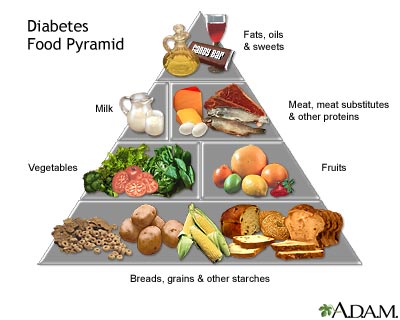Diabetes type 2 is among the most common type of diabetes. Many Americans have already been diagnosed with type 2 diabetes, and much more are unaware they’re at high risk.
Some groups have a higher risk for developing diabetes type 2 than others.
Type 2 diabetes is much more common in African Americans, Latinos, Native Americans, and Asian Americans, Native Hawaiianstogether with other Pacific Islanders, as well as the older population.
In type 2 diabetes, either one’s body does not produce enough insulin or the cells ignore the insulin. Insulin is necessary for the body to use glucose for energy. When you eat food, the entire body reduces all the sugars and starches into glucose, that’s the basic fuel for your cells in your body.
Insulin takes the sugar from your blood in the cells. When glucose builds up inside blood instead of going into cells, it can result in diabetes complications. The following are ways to defend against diabetes.
What is a healthy weight?
There’s a great way to find out if your weight is a healthy weight or if it puts you in danger of developing serious diseases. Visit www.diabetes.org/bmi and take the Body Mass Index (BMI) test. The final results will allow you to decide if you need to give consideration to your weight.
Maintaining a healthy weight is a great way to defend against diabetes.
The 10 Super Foods are more than tasty
You’ve got the power to increase and protect your health. With proper nutrition and exercise and also making good life-style choices (like not smoking), you could feel better, stronger. Defending against diabetes can also result in risk reduction of diseases like cancer, diabetes, coronary disease and heart stroke.

Here are some basic guidelines that can help you and your family make healthier food decisions and defend against diabetes.
- Eat lots of fruits and vegetables, especially those high in resveratrol. Resveratrol fights disease.
- Choose whole grain foods over processed grain products.
Try brown rice instead of white. Substitute brown bread bread for white.
- Eat fish 2 – 3 times weekly
- Select leaner cuts of meat like those that end in “loin.”
- Remove the skin from poultry and turkey.
- Eat non-fat dairy
- Drink water and low calories non-carbonated drinks.
- Use liquid oils for cooking rather than solid fats.
- Reduce high calorie snacks like chips, cookies, cakes, and regular frozen goodies.
Hunt for baked chips and reduced calorie snacks. Or have a bit of fruit instead.
- Be careful about your portion sizes. Even an excessive amount of “healthy” food might cause an increase in weight.
Tips:
- Compare labels of similar foods, then choose the one with smaller amounts of saturated fat, cholesterol and sodium.
- Adults should consume below 2400 mg. of sodium each day. If you have high blood pressure, you should target even less.
- Try adding seasonings in your own cooking to replace salt for enhancing flavor.
Maintaining a healthy diet and staying active are even more important when you have diabetes. Well-balanced meals may help keep your glucose (sugar) level as in close proximity to normal as possible.
Get plenty of exercise
A little bit Exercise Goes a long way
Anything that gets you up and moving will work for you. Here’s what it might do:
- Lower your risk of developing diabetes type 2 symptoms
- Decrease your risk of coronary disease and stroke Lower hypertension and cholesterol
- Reduce blood glucose (sugar) levels if you have diabetes, which can decrease your risk of developing diabetes-related complications
- Alleviate tension * Help you reduce weight
- Give you more energy
- Help you sleep better
- Build stronger bones and muscles
Its not necessary to visit a gym, play sports or use fancy equipment. Of course, you need to consult your medical professional before beginning any exercise program.
Being active likewise helps you reduce blood glucose. If you increase your physical activity levels, you could probably take less insulin or diabetes pills. If you are very inactive, have heart disease or maybe a history of foot ulcers, talk to your doctor about safe exercise to suit your needs.
Check your blood glucose before exercising. If it’s under 100 mg/dl, eat some fruit, crackers or have a glass of milk or juice.Check it again after exercising to find out how your blood glucose reacts to physical exercise. Bring a snack if you will be active for some hour.
Exercise will go a long way to help defend against diabetes. This article was originally published on DiabeticMenus.org, a diabetic menu ideas blog.